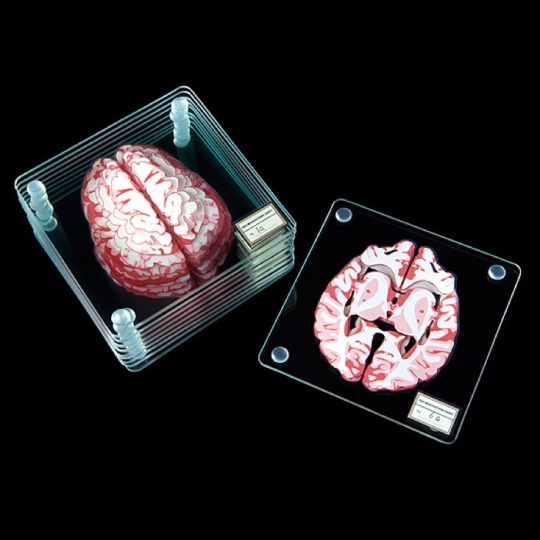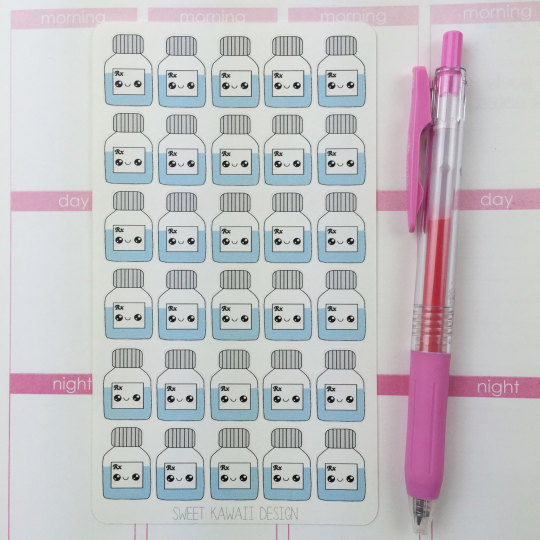Photo


YES. Coasters of cross-sections of the brain.
10 notes
·
View notes
Quote
Medicine is only for those who cannot imagine doing anything else
https://www.pinterest.com/pin/449515606532806383/
(via stayapanda)
6 notes
·
View notes
Photo
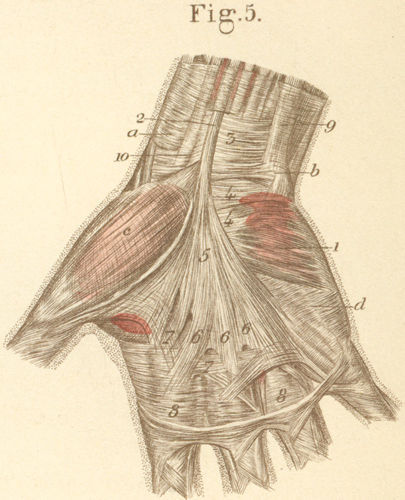
you know, palmar aponeurosis. might have something to do with the “666″ on your hand.
10 notes
·
View notes
Photo
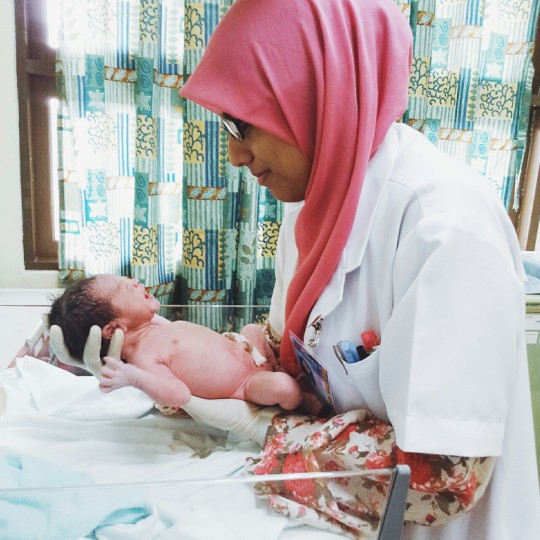
Conducted my second delivery. The baby just popped out in a split second! All newborns look like potatoes to me. They’re cute but if you’re asking me if the baby looks like the mom or dad, I’m gonna say a potato.
I did:
1. Initial post-delivery examination
2. The APGAR score
3. Neonatal examination
* Examination of the newborn includes the Ortolani and Barlow test
Then I gave Hepatitis B shot and vitamin K injections to the babies.
75 notes
·
View notes
Photo
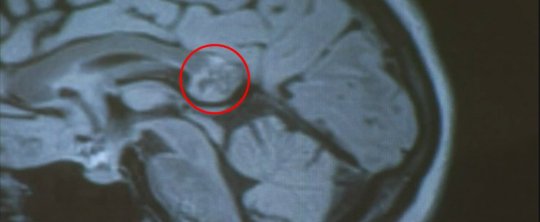
Woman’s brain tumour turns out to be her “embryonic twin”, surgeons find
FIONA MACDONALD
A 26-year-old woman went in to have what she assumed to be a brain tumour removed… but surgeons actually pulled out what they believe to be an undeveloped embryonic twin, complete with hair, teeth and bone.
Indiana University PhD student Yamini Karanam first went to see doctors when she started getting bad headaches and struggling with reading- and listening- comprehension, and they quickly spotted a rapidly growing pea-sized tumour on herpineal gland. But they’ve now discovered the mass was actually a ‘teratoma’ - a mysterious type of tumour that contains its own tissue and even organs.
Although scientists still aren’t entirely sure what causes these tumours, one of the leading theories is that teratomas were originally embryonic twins that never developed, and ended up being absorbed into the surviving twin’s body instead. Karanam is now lightheartedly calling the tumour her “evil twin sister who’s been torturing her for the past 26 years,” as NBC News reports. And we’re kind of glad someone else said it first, because this is pretty horror movie-esque stuff.
To help her remove the tumour, Karanam sought out neurosurgeon Hrayr Shahinian, who has pioneered a keyhole brain surgery technique for removing tumours deep in the brain. After making a cut of just over one centimetre, Shahinian used an endoscope and fibre-optic technology to reach in and gently “chisel away” at the tumour, as Shahinian told NBC News.
Teratomas are rare, especially in the brain. “This is my second one, and I’ve probably taken out 7,000 or 8,000 brain tumours,” said Shahinian.
read more and see the video here
401 notes
·
View notes
Photo

Dr. Anthony Atala for Smithsonian Magazine
He is pioneering the use of 3D printing to make human organs…..
Story here
More photos next week
Thanks for the call Brendan
9 notes
·
View notes
Photo
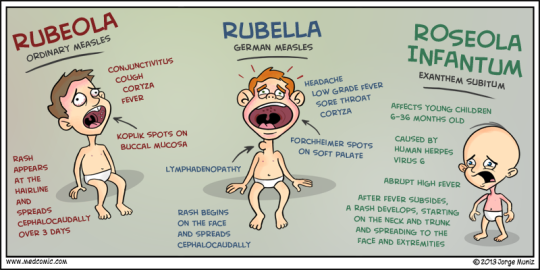
Rubeola vs Rubella vs Roseola
I’m definitely someone who struggles keeping stuff organized when things sound the same, so I was always getting these mixed up.
285 notes
·
View notes
Photo
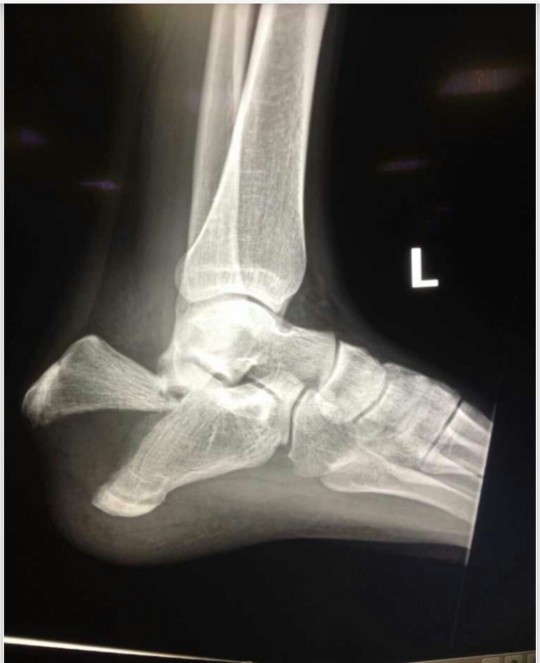
I found this awesome radiography of a calcaneus fracture.
The interesting fact about this fracture is that the pt tried to jump out of a window running away from cops while he was high on drugs which means no pain was felt when the bone broke into two pieces.
And if you were asking, yes, he kept “running” with this fracture. The only visible symptom was a hard blue piece that was trying to push trough the skin.
2 notes
·
View notes
Photo

// professor Morselli, Alma Mater Studiorum
1 note
·
View note
Photo

Here’s a friendly PSA from Captain America to adorn your dashboard
280K notes
·
View notes
Photo

(Fact Source) For more facts, follow Ultrafacts
7K notes
·
View notes
Photo

My notes of Scleroderma also known as ‘hard skin’.
Scleroderma is a group of rare, progressive diseases that involve the hardening and tightening of the skin and connective tissues — the fibers that provide the framework and support for your body.
CREST is an acronym for the clinical features that are seen in a patient with this disease.
C- Calcinosis, where calcium deposits form under the skin on the fingers or other areas of the body.
R- Raynaud’s phenomenon, spasm of blood vessels in the fingers or toes in response to cold or stress.
E- Esophageal dysmotility, which can cause difficulty in swallowing.
S- Sclerodactyly, tightening of the skin causing the fingers to bend
T- Telangiectasia, dilated vessels on the skin of the fingers, face, or inside of the mouth.
(also from Allrefer.com ‘health’)
155 notes
·
View notes
